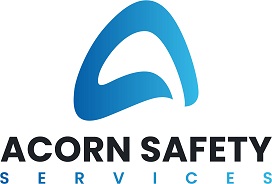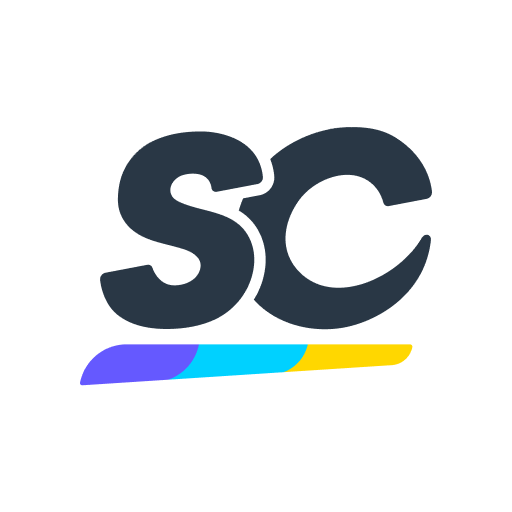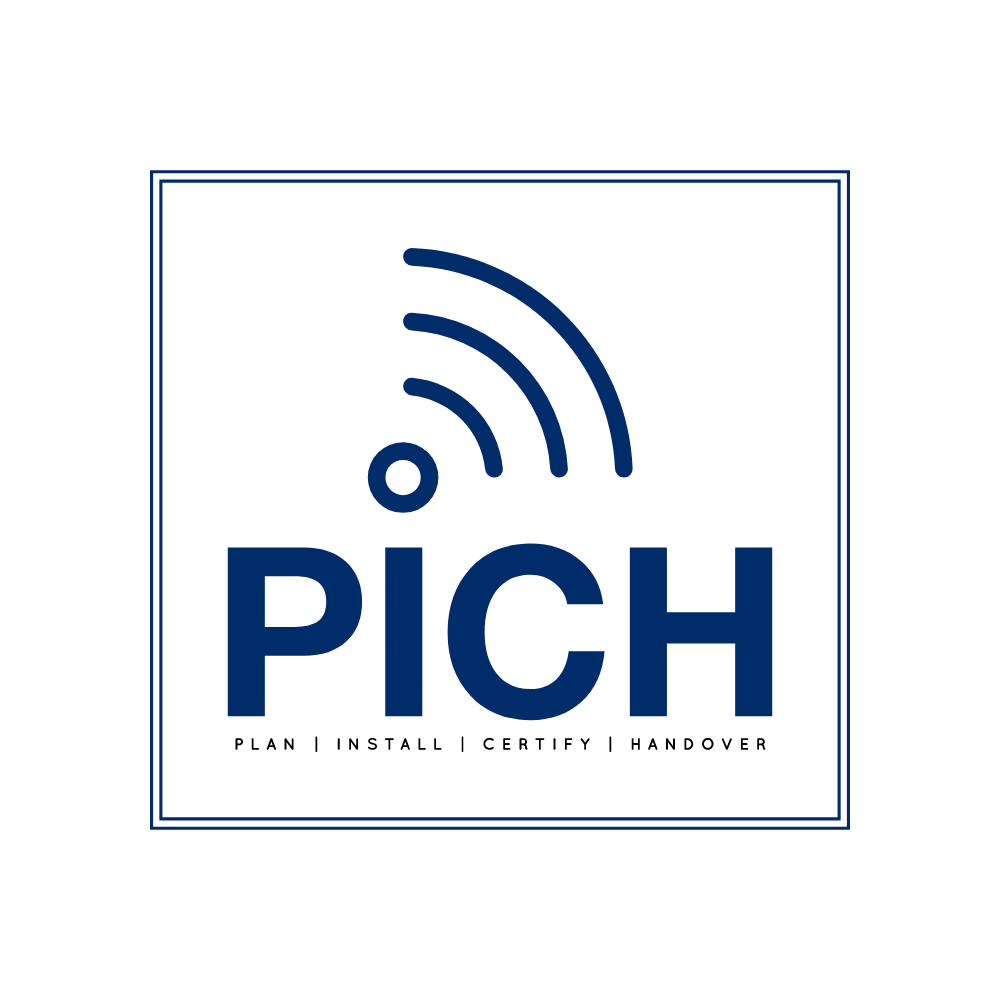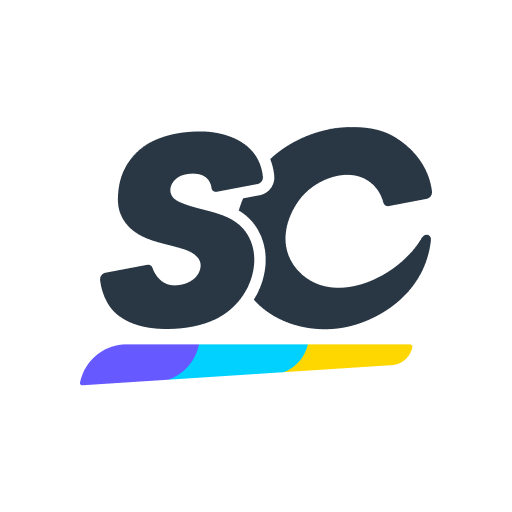Title Page
-
Site conducted
-
Conducted on
-
Prepared by
-
Location
-
To determine risk, we shall first look at the likelihood of an event and the consequences of that event. Once the level of risk is decided our set controls will aim to reduce the risk
-
The initial risk rating is gained by using the risk rating table
-
We rated the probability or likelihood as Very Likely as we would use the main entrance possibly twice a day
-
We rated the consequence as Catastrophic as a motor vehicle crash at the main entrance could cause a fatality
-
This means we have an initial risk rating of Extreme
-
Then if we apply the controls as seen below, we will get the residual risk rating
-
For the risk of exiting a Road entrance
-
If you were to Check for traffic - only proceed when clear, ensure you are safe to proceed
-
Your risk would drop from Extreme to High (which is the residual risk rating)
-
In this case, we have reduced the likelihood or probability of the risk down to highly unlikely, therefore the residual risk rating is now High
-
Extreme
-
Review current controls to ensure they are still effective. Assess hierarchy to eliminate, minimise, continuous monitoring, specific work plan, specialist assistance may be required
-
Orange
-
Assess controls, review and regular monitoring, work plan re-evaluated, and changes made
-
Moderate
-
Yellow
-
Regular controls, monitoring, work plan followed
-
Set controls, manage with routine procedures, work plan
CONTROL - Hierarchy of controls
-
If you’ve identified and assessed a hazard as significant, it must be controlled using the hierarchy of controls
-
A significant hazard should be eliminated, if it can’t then isolate, and if that isn’t practicable, controls should be put in place to minimise the hazard
-
If it is not a significant hazard the employer must still take all practicable steps to ensure the equipment or task is safe for employees
IDENTIFY THE TYPE OF HAZARDS/RISKS
-
Control and be aware of hazards/risks daily and take steps to identify and control immediately
-
Notify Manager
Environmental
-
Hazard/Risk of noise, dust, workplace chemical spill, or waterway damage
Physical
-
Hazard/Risk that may cause falling, crush, burns, cuts, sprains, strains
-
Chemical
-
Hazard/Risks that may cause burns, eye damage, respiratory damage, death, sprays, liquids, aerosols, gas
-
Biological
-
Infection, stick injury, zoonotic diseases, allergies, insects, substances
-
Ergonomic
-
Manual handling, lifting, repetitive overuse syndrome
-
Psychological
-
Stress, fatigue, personal harm threat or assault
Equipment
-
Harm the implement, or plant may cause
CONTRACTOR PRESTART - RISK MANAGEMENT - HAZARD IDENTIFICATION & CONTROLS
FENCING CONTRACTOR
-
Address
-
Number
-
Site Safe ID:
-
Endorsements:
-
CLIENT NAME:
-
DATES OF
PROJECT:
-
TASK - WHAT ARE YOU DOING TODAY?
-
LOCATION of WORK - Address
EMERGENCY PROCEDURE:
-
First aider:
Assembly area: Work Ute / Other
-
Emergency plan: Refer to approved Emergency / Rescue plans
-
Working at Heights / Waterways / Roadsides / Pedestrians / Public /
Site Protection / Multi Contractor Sites
COMPANY INDUCTION –
SIGNED:
WEATHER CONDITIONS
-
Good / Dry / Calm / Sunstroke / Hot / Sunny
-
Wet / Cold / Fog / Overcast / Windy / Rain / Snow
GROUND CONDITIONS/TERRAIN
Metal / Roadway / Earthworks / Foot Path / Grass
-
Dry / Solid/Wet / Slippery / Rolling / Flat / Steep
-
SERVICES: Underground / Overhead / Drains / Gas / Electric DO YOU NEED A PERMIT
-
WELFARE CHECK – Are all staff fit and healthy?
-
PLANT CHECK LIST - ARE ITEMS GOOD TO GO?
-
ITEM
-
PPE
Fuels / Chemicals
-
Tyres,
-
brakes
-
Hoses & fittings
-
Good to go
-
Tag out
-
Tractor
Post Rammer
Ute
-
Chainsaw
RISK & HAZARD CONTROLS
-
E – Eliminate / M – Minimise
Hazard/Risk
-
Identified
Potential Harm
-
Consequence
Significant Hazard
-
Risk
-
Initial Risk Rating
Control
-
Residual
-
Risk Rating
-
STAFF SIGN ON - I attended prestart discussion and undertake to work safely
TRACTOR & RAMMER CHECKLIST
-
Machine make and model
-
Operator / Sign
-
DATE
-
if checked and acceptable
if checked and unacceptable
-
NA if not applicable
TRACTOR CHECK
-
MON
-
TUE
-
WED
-
THU
-
FRI
SAT
-
SUN
-
Operator aware of all present site hazards
-
Overall inspection for fluid leaks, damage & cracks
-
No panel damage, machine clean, tidy condition
-
Mirrors and windows clean for visibility
-
Coolant level normal
-
Water level normal
-
HYD oil level normal
-
Fuel levels okay
-
Lube grease nipples
-
Engine oil level normal
-
Check PTO covers
-
Check locking pin on bucket / forks
-
Seat and safety belt
-
Check tyres
-
RAMMER
-
Check mast and cap plate
-
Check all stability legs, rollers-pins, pullies, wire ropes for damage or wear
-
Visual check of all metal parts for
-
metal fatigue / cracks / weld / loose nuts, bolts
-
Check all connections and hydraulic hoses, grease nipples
-
Check all levers working correctly and signage clear
-
Check drill and rock spike attachments
WORK SITE CHECKLIST
-
Job: Address:
Sign:
-
Date:
SITE CHECK
-
Staff Induction & aware of all present site hazards
-
Tool box talks and risk assessment made
-
Staff wellness check
-
Overlapping duties with other contractors sign off
-
Emergency and incident plans on site
-
Fire extinguisher / first aid kit
-
Facilities – water, worker lunch area
-
Fencing and signage
-
Services overhead / underground
-
PPE on site and used
-
Hazardous substances storage / SDS sheets on site / PPE / spill kit / trained in use / emergency plan
-
Electrical Items tagged / condition good
-
Plant and tools guards in place
-
Machinery / plant – checked / safe / trained to operate
-
Lifting equipment – tagged / fit for use / trained
-
Excavations – permits / shoring / trained / secure
-
Heights – permits / trained / type of ladders / EWP
-
Scaffolds – training / certified
-
Manual handling
-
Slips / trips / falls
-
Environmental controls / sunscreen
-
Traffic management - site vehicles / deliveries











